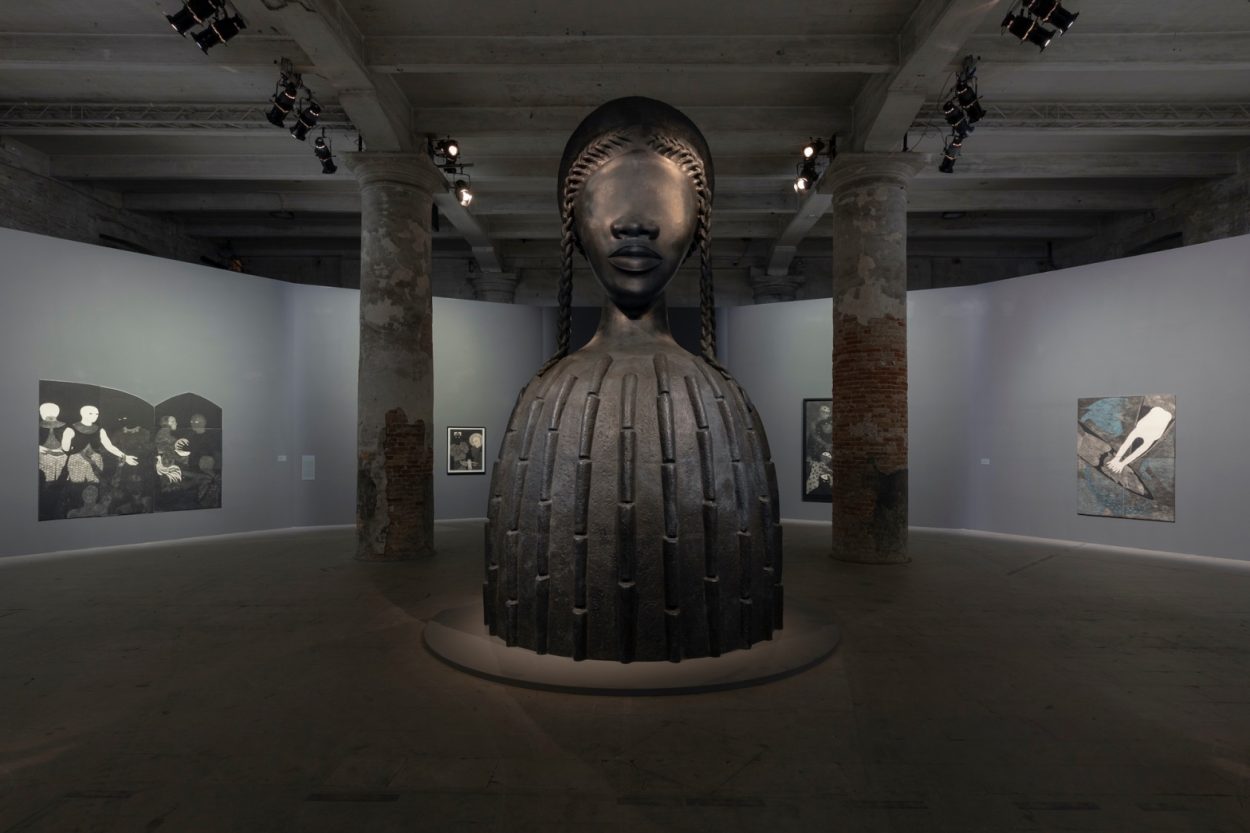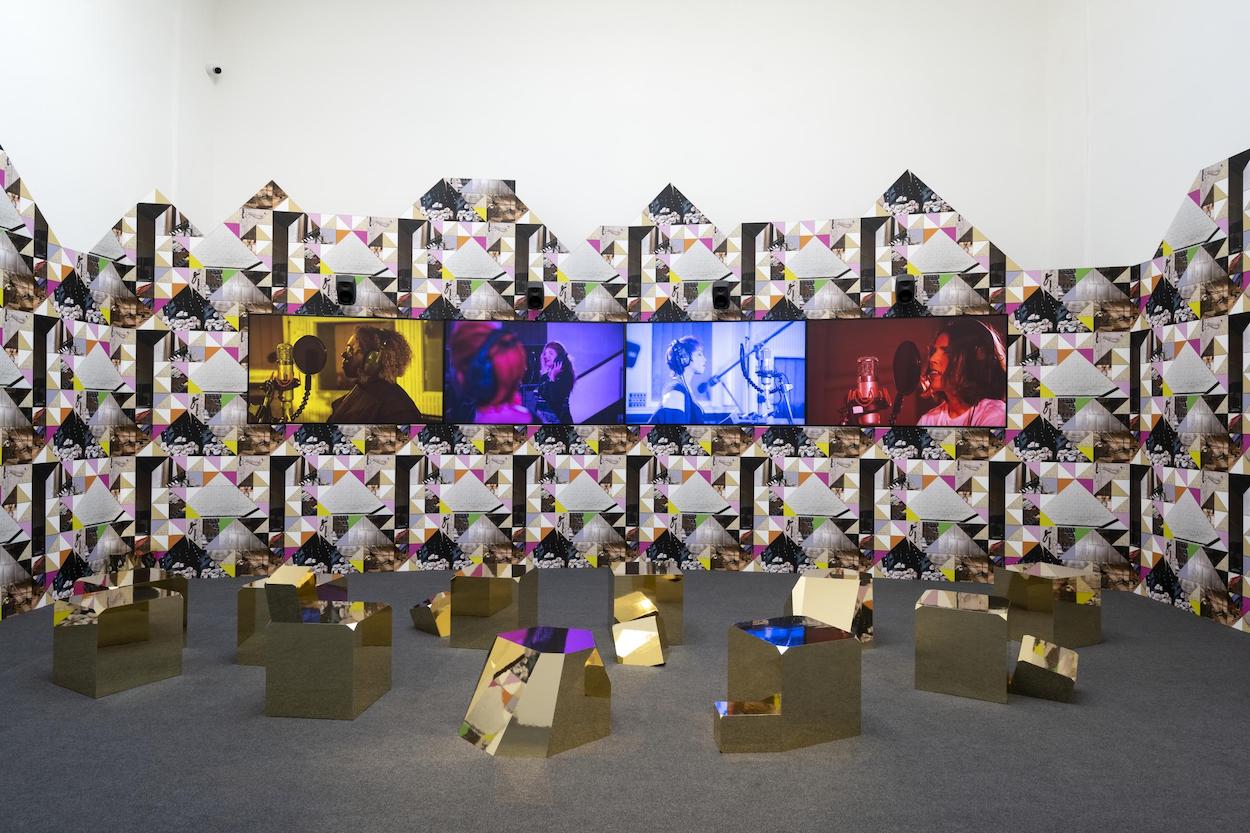At each edition of the Venice Biennale, there seems to be a clear consensus of which artists and pavilions will receive the coveted Golden Lion Award. (In years past, recipients Anne Imhof and Lithuania’s climate change–themed opera were clear front-runners.) At this year’s complex and politically fraught edition, two deserving artists triumphed and made history. The accolade went to both American powerhouse Simone Leigh and the British Pavilion, helmed by artist Sonia Boyce.
Both are the first Black women to represent their nations—and the first to win Golden Lions—in the Biennale’s 127-year history, and reflect artistic director Cecilia Alemani’s vision of uplifting female and gender non-conforming artists. “I made a point of focusing on women artists because I wanted to try to bring to the surface those stories that have been considered by many to be minor,” Alemani told ARTnews in February. “That was intentional, but in the rest of the show, quite honestly, it wasn’t. I didn’t put up any stats or hurdles in place.”
Leigh and Boyce delivered monumental installations that paid tribute to the strength and resilience of Black women. Leigh was honored for Brick House, a 16-foot-tall bronze bust whose skirt resembles a clay house and whose name nods to the term for one who stands with strength and integrity. Commissioned for High Line Art, where Alemani serves as chief curator, it became the largest piece Leigh ever created and daringly put “something about Black beauty right in the middle of” the park. Boyce, meanwhile, unveiled a kaleidoscopic four-channel video installation that shows musicians Jacqui Dankworth, Poppy Ajudha, Sofia Jernberg, Tanita Tikaram, and Errollyn Wallen jamming across genres in the same studio where The Beatles recorded Abbey Road. Viewers enjoy the polyphony from gilded seats of Boyce’s design, which also display records by Black female artists.
Female artists also received several of the Golden Lion’s honorable mentions. At the French pavilion, Algerian-born artist Zineb Sedira staged a romantic performance of a cosmopolitan couple dancing in a seductive Parisian bar. Uganda’s first-ever pavilion also received nods for Acaye Kerunen’s sustainably woven wall hangings accompanied by male counterpart Collin Sekajugo’s stark figurative paintings that question Western assumptions about race. More honors went to San Francisco artist Lynn Hershman Leeson, who contributed a video that puts a woman and an AI version of herself in dialogue about the power that the technology wields over society, and Inuk artist Shuvinai Ashoona, who unveiled drawings and paintings that explore the interconnectedness of species.


